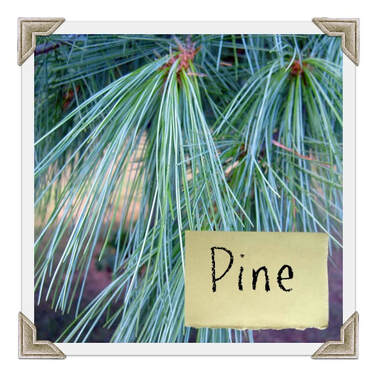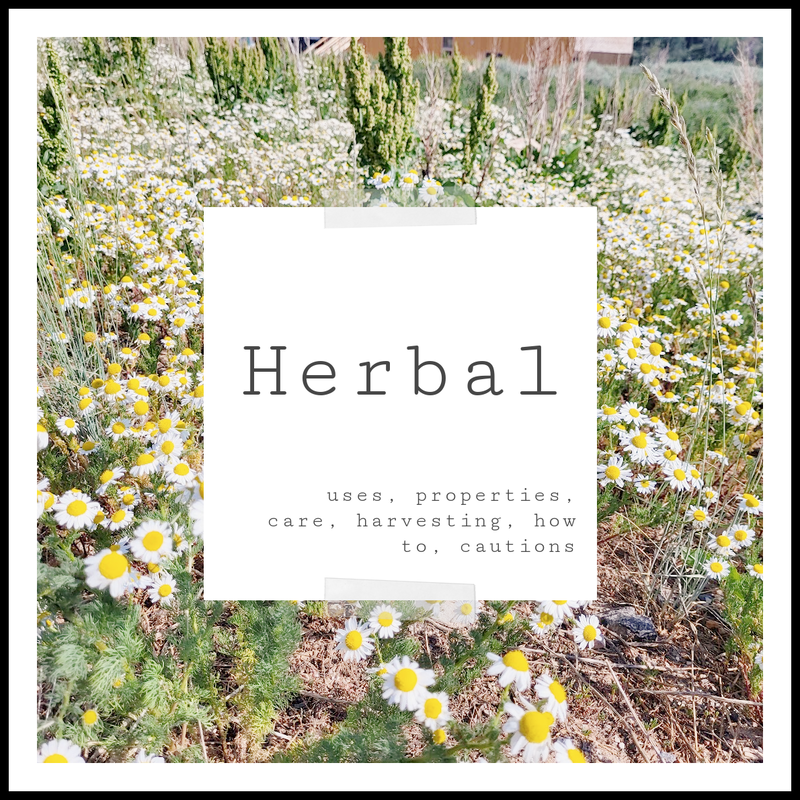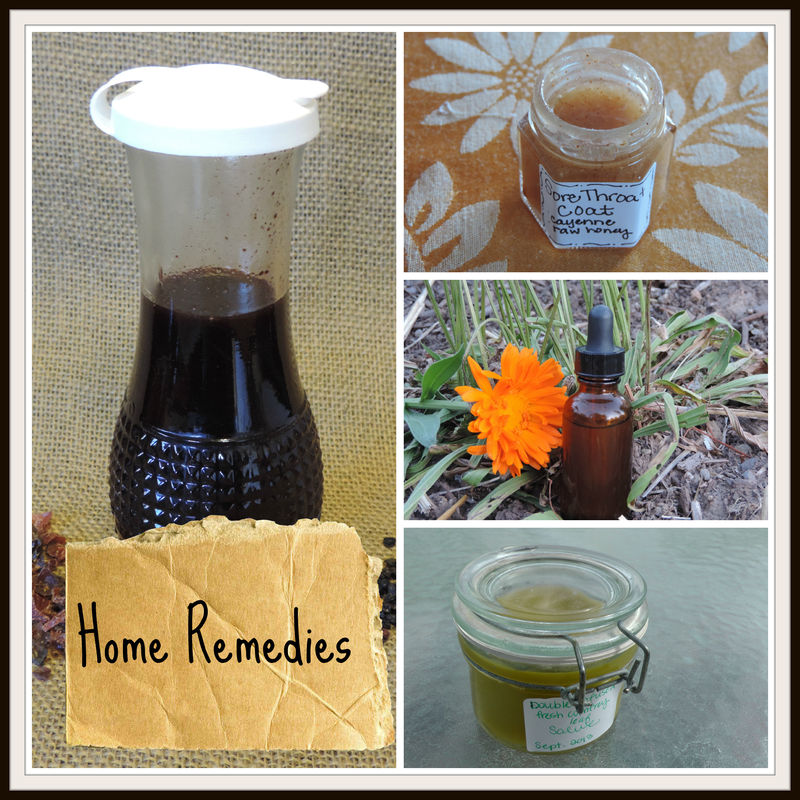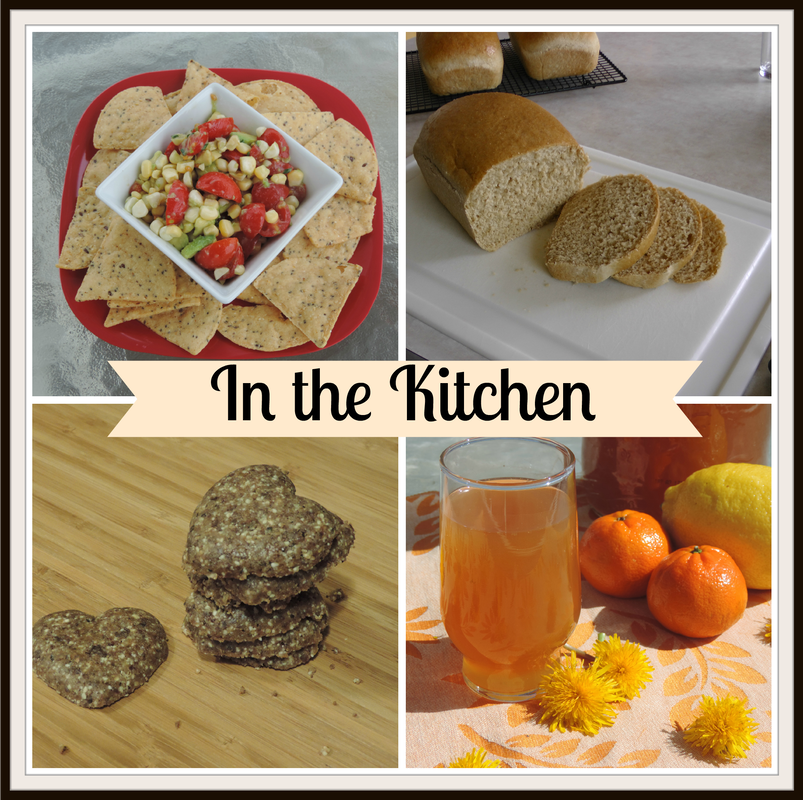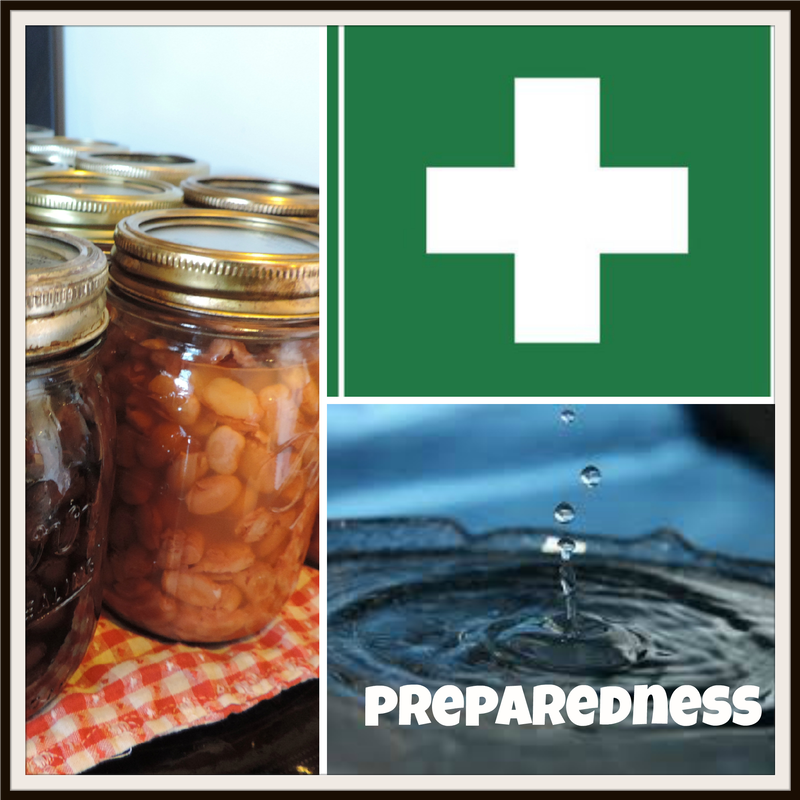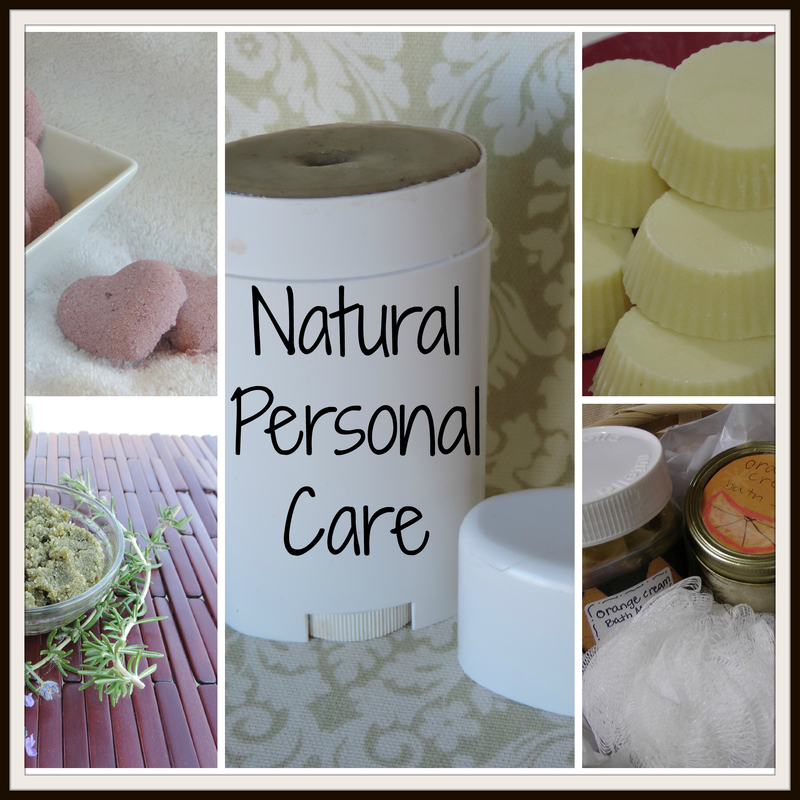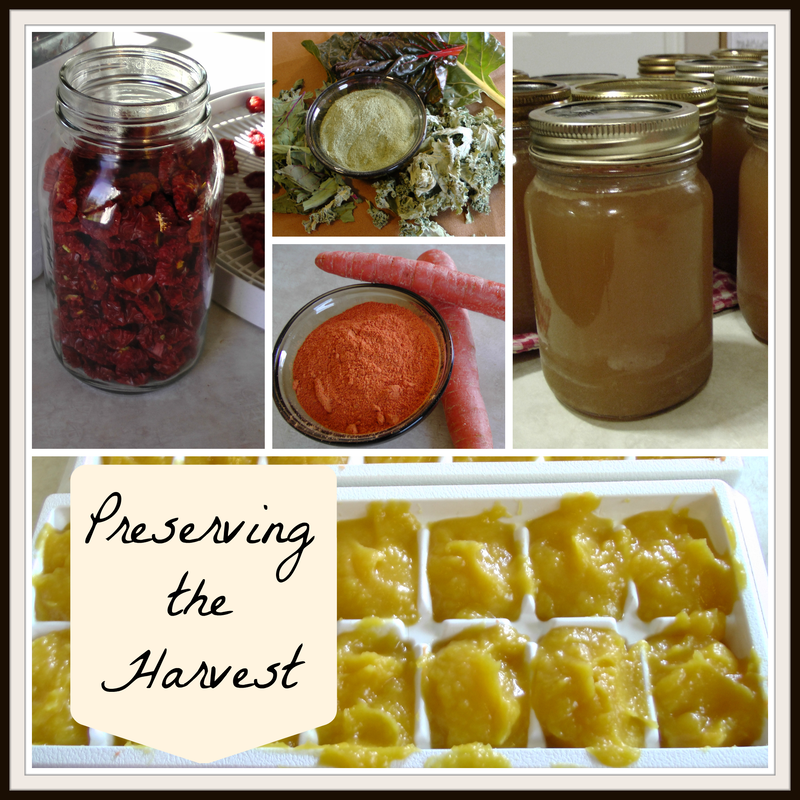Family: Pinaceae (Pine, Fir, Spruce)
Parts Used: leaf (needles), inner bark, sap (resin), green cones, nuts (edible not medicinal).
There are about 115 species of the pine family throughout the world. They are commonly referred to as conifers due to the cones, which are the fruits and flowers of a pine tree. Many share these same healing properties although the White Pine (Pinus strobus) is the most studied and used.
Properties
- antibacterial (sap)
- antioxidant
- antiseptic
- antiviral
- diuretic (inner bark)
- demulcent (inner bark)
- decongestant
- expectorant
- rubefacient
- high in vitamin c (5-6 lemons worth)
Healing Benefits
- Immune booster that also decreases healing time for illness.
- Respiratory conditions, coughs, cold and flu.
- Sinus congestion (steam inhalation and tea).
- Kidney and bladder problems (inner bark).
- Disinfectant and drawing for splinters, boils, insect bites, cuts, wounds and skin conditions.
- Can relieve muscle pain and stiffness.
- Survival food to get vitamins and minerals in the body. Leaves, inner bark and sap can be chewed (though generally not swallowed due to texture), or made into a tea. The tea will get the vitamins and minerals absorbed into the body. Depending on the season the pinecones will have nuts in them that are edible and will give protein and other nutrients.
Methods of Use
- tea, gargle
- syrup, honey
- bath, wash, steam inhalation
- oil, salve, ointment
- tincture, vinegar
- powder
- essential oil (always use with a carrier oil or salve)
- survival food
- Pine Cone Syrup
Care/Harvesting
- Leaves: can be gathered at any time during the season, chop before preparing.
- Sap: can be found already oozing from the bark either fresh and sticky or dried. It can be gathered fresh in the early spring when the sap is flowing by boring about two inches into the bark.
- Inner bark: gather from twigs and branches, not the trunk. Peel outer dry layer to get to the living moist layer. Bark is easier to peel in the spring and winter months.
- Immature cones are green or black, living and have not opened yet. These can be cut from the tree usually in the spring to summer.
- Any of the gathered parts can be dried and powder or stored for future use.
